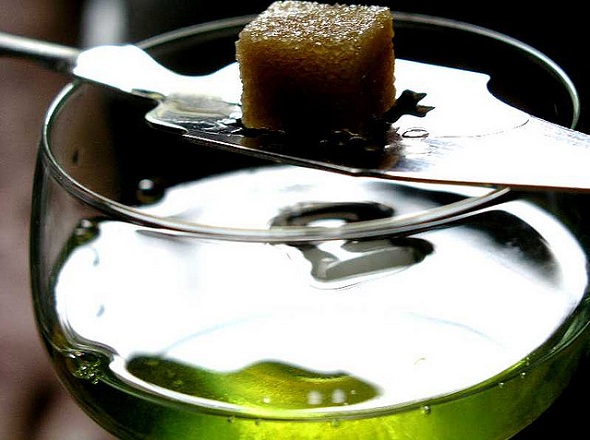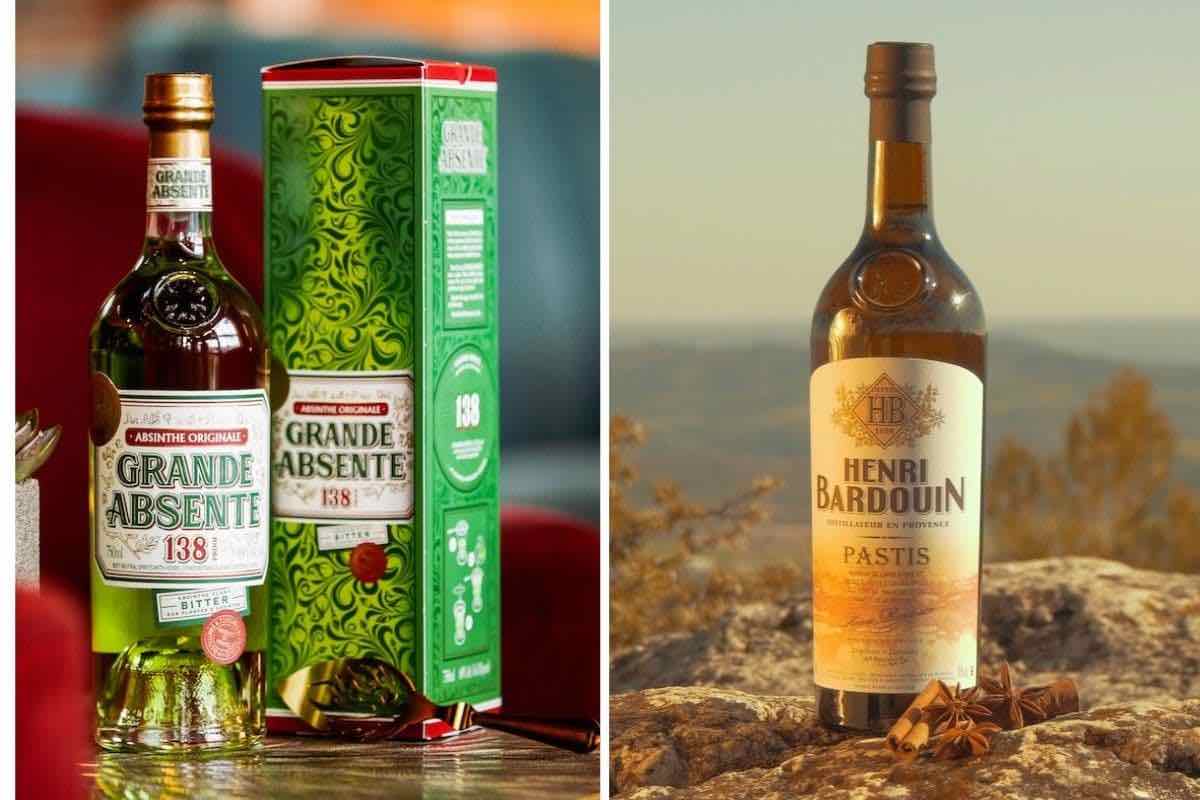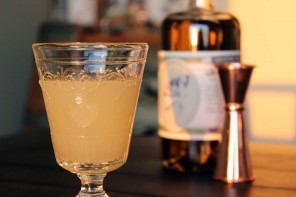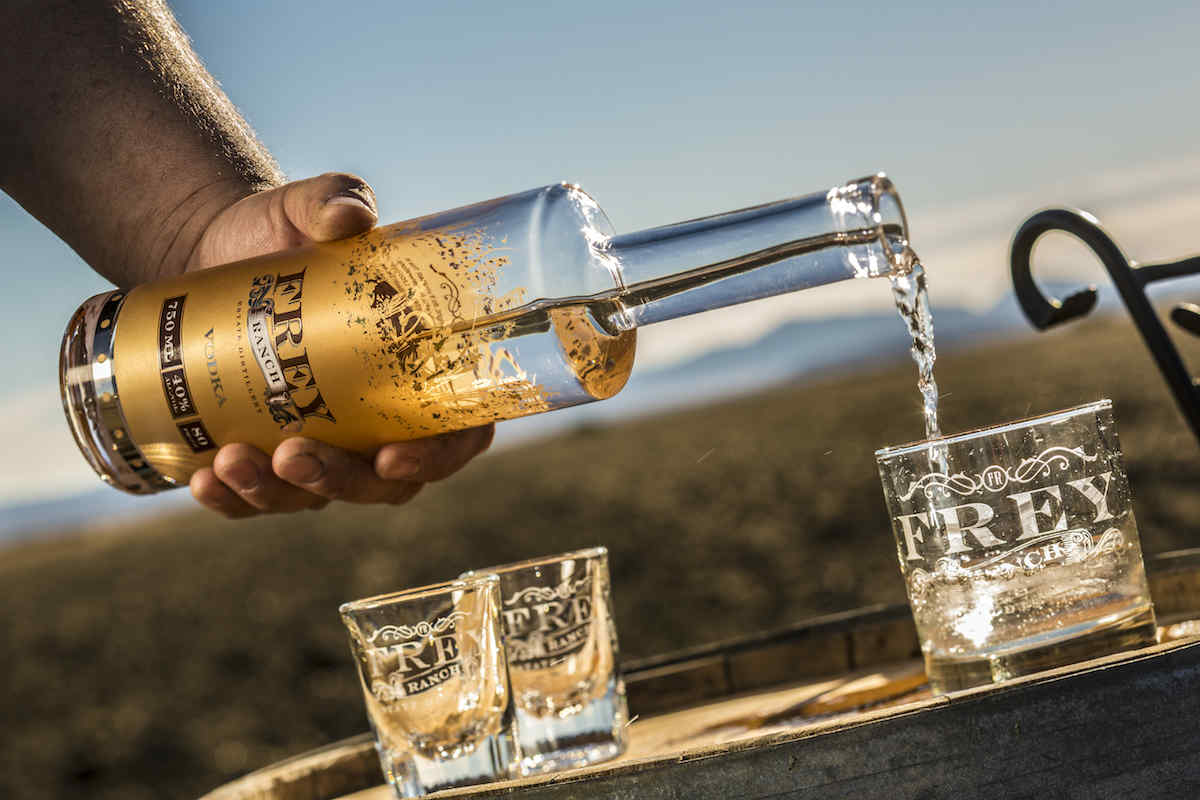Author Alex Truman works for Rueverte.com, an online spirits and liqueurs retailer specializing in absinthes, bitters and digestifs.
Absinthe has a rich and diverse history. It’s surrounded in mystery – mostly myths – and today is a niche product revitalized in recent years by the craft cocktails and spirits movement.
But it wasn’t always niche. In the late 19th and early 20th centuries absinthe was the most popular drink in France, consumed throughout all social classes as the preferred tipple of the era.
The increased popularity and consumption, along with whisperings of degenerative health conditions and visits of the absinthe-induced “Green Fairy,” lead to the eventual banning of the spirit’s production. The bans were put into place between 1908 and 1914 in many European countries as well as the USA.
In the 1990s, upon realization that the UK never actually banned absinthe, certain British importers began to stock brands of absinthe hailing from the Czech Republic, Spain and Portugal. These early examples were considered inferior by the experts, and the first “real” post-ban absinthe was produced in 2000.
Further helping absinthe’s case, contemporary scientific research showed that thujone, the ingredient in absinthe thought to be hallucinogenic and dangerous, was only apparent in very small doses and therefore completely harmless. So finally, after many decades of needless prohibition, the ban was repealed, and absinthe could once again be produced in its original home, the Val-de-Travers of Switzerland.
The uptake of absinthe by the general public still suffers from the drink’s sordid reputation. But there are many fine examples of absinthes available today, and for those who want to discover absinthe or sample a few lesser known absinthes, you’d do well to try these three.
Absinthe Blanche Neige
This absinthe is specially commissioned by Absinthes.com in partnership with Gaudentia Persoz, the Swiss distillery. The clear La Bleue absinthe comes from an old Persoz family recipe.
But what makes this so different from all other La Bleues to come out of Switzerland? Blanche Neige contains a precious herb called génépi. This herb can only be found in the Alps and is renowned for its aromatic qualities.
This addition results in a very special absinthe, sweet on the tongue, with hints of bitterness present from the wormwood and génépi. It leaves a silky after-taste and can be enjoyed without becoming overpowering.
Still in the distiller’s proof stages, the full 50cl bottles will be available this spring.
53% ABV, Gaudentia Persoz Distillery, Switzerland
Absinthe La Maison Fontaine
This interesting absinthe is made using 15 natural herbs, some of which are kept secret by the distillers. The most notable of these herbs are the famous holy trinity used for all real absinthes – green anise, fennel and grand wormwood.
The spirit is produced in Pontarlier, renowned for being the absinthe capital of the world. A somewhat complex flavor, but less on the bitter side, this is an important absinthe, winning Best in Class at the International Wine & Spirits Competition in 2010.
The characteristics of this spirit give a sweet and refreshing taste from the anise, intensity from the wormwood and rich flavor from the fennel. These three herbs work together in harmony to provide a smooth taste, with notes of lemon and peppermint in the background.
56% ABV, Emile Pernot Distillery, France
Absinthe Roquette 1797
This absinthe is unique in that it provides an insight into absinthe during its early development and how the first absinthe-drinkers would have enjoyed the spirit.
The recipe is taken from an unpublished, hand-written manuscript that dates back to the 18th Century. This was around the time when absinthe was in the form of an untrusted medical elixir rather than the enjoyable drink that we know it as today.
It’s another absinthe utilizing the holy trinity, and the natural flavors are derived from green anise, fennel and grand wormwood. Further herbs are also present, but they are kept secret by the distillers.
The taste is very bitter and complex, with earthy and woody notes from the bitter wormwood. This is a strong absinthe that benefits from sugar and water, especially for those new to absinthe. Overall, it’s a satisfying but complex absinthe.
75% ABV, Emile Pernot Distillery, France
Photo: Jackie Baisa



